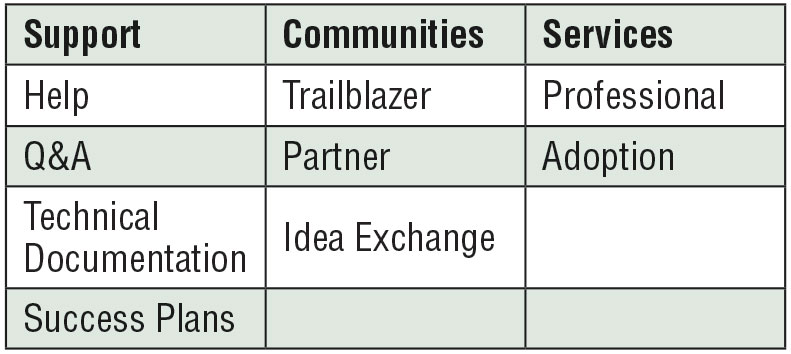When you look at a dealership website today, what does a customer see? They see sections for equipment (new & used), parts, service, precision, possibly finance and a bit about the company and locations.
Job listings mirror this. “Looking for Service Techs, Sales Reps, Parts Specialists.” And this is the way a dealership’s organization and finances are organized today, based on models from 30+ years ago.
But is it the right way for the future? Is “customer-centric,” helping the customer? And does it lead to a more effective, profitable dealership in 5-10 years?
Our belief is that the dealer of 2030 will have to offer customer support, customer success and sell customer solutions as technology and software companies do today. These won’t be a bolt-on person nor an occasional satisfaction survey. What do these new roles mean?
Customer Support – Assist customers in making correct use of a product through assistance in installation, training, troubleshooting, maintenance, upgrading and disposal of a product.
Customer Success – Relationship-focused efforts that are aimed at helping their customers be more successful, both with their product and with their broader goals.
Customer Solutions - An integrated solution that connects multiple products, systems and processes..
The result will be a customer-centric dealership, with customer focus built into the fabric of dealership’s systems, process and culture. The financial and market impact will be significant for the dealers that deliver it, as data shows customer-centric companies have revenues 5x higher and profits 4x higher than companies that aren’t.
For a reference, let’s look at two B2B technology companies that are rated as top 10 customer-centric companies by Forbes:
Company 1: IBM
IBM is a useful comparison because they have transitioned from hardware, to software, then to solutions and services over the years. On their website, one sees they have a focus on both products & solutions; services; as well as support and learning. Their support is more than a phone number to call, giving a user a way to educate themselves with information on education, training, documentation and community.
In addition, according to Forbes, IBM assigns a team to their key customers to educate that customer on which applications are best for them — these are NOT salespeople.
Company 2: Salesforce
When you go to support on Salesforce.com, you have several options:

The success plans are the ones that don’t jump out but are a key area. Customer success is an innovation by SaaS (Software as a Service) companies to reduce churn, or customer loss. How? By understanding and focusing on the success of the customer from initial onboarding through day-to-day use.
Salesforce hires teachers, consultants and similar roles for their customer success roles. They include the service for certain levels of customers and charge for others. It’s not a sales role nor a support role.
In addition, support needs often come back to training needs or needs for professional services, and Salesforce has made it easier for customers to find and get that information, as well as connecting with relevant communities.
Actions for Your Dealership
What actions are needed and what steps you can take today?
Customer Support
- Add online chat and ways to get support from mobile phones
- Add self-help information
- Train staff to take and triage calls, reducing the load on precision farming techs
- Start tracking inbound call volume for support
- Adopt a ticketing and self-help system
Customer Success
- Build the financial model to have customer success agents for your “A” customers
- Define your onsite and remote onboarding processes
- Setup coverage for success meetings
Customer Solutions
- Define how integrated solutions will look and work by farm size and crop type
- Create information on these solutions and put it on your site
- Add those solutions for farm size and crop type to your site
- Have staff available via chat at the time of day your customers are online researching
Farming and farm equipment dealerships are relationship oriented and traditional. As our industry changes and adapts, let’s look to the dealership of the future and make the changes to create a more customer-centric culture. What do you want your dealership to be in 2030?






